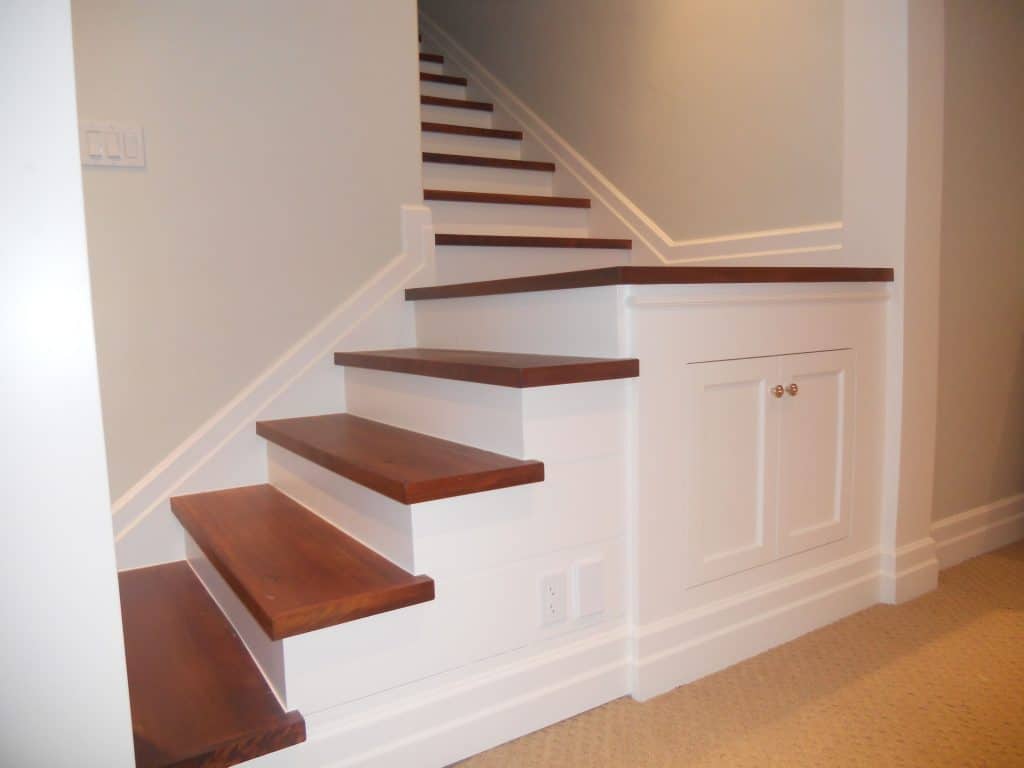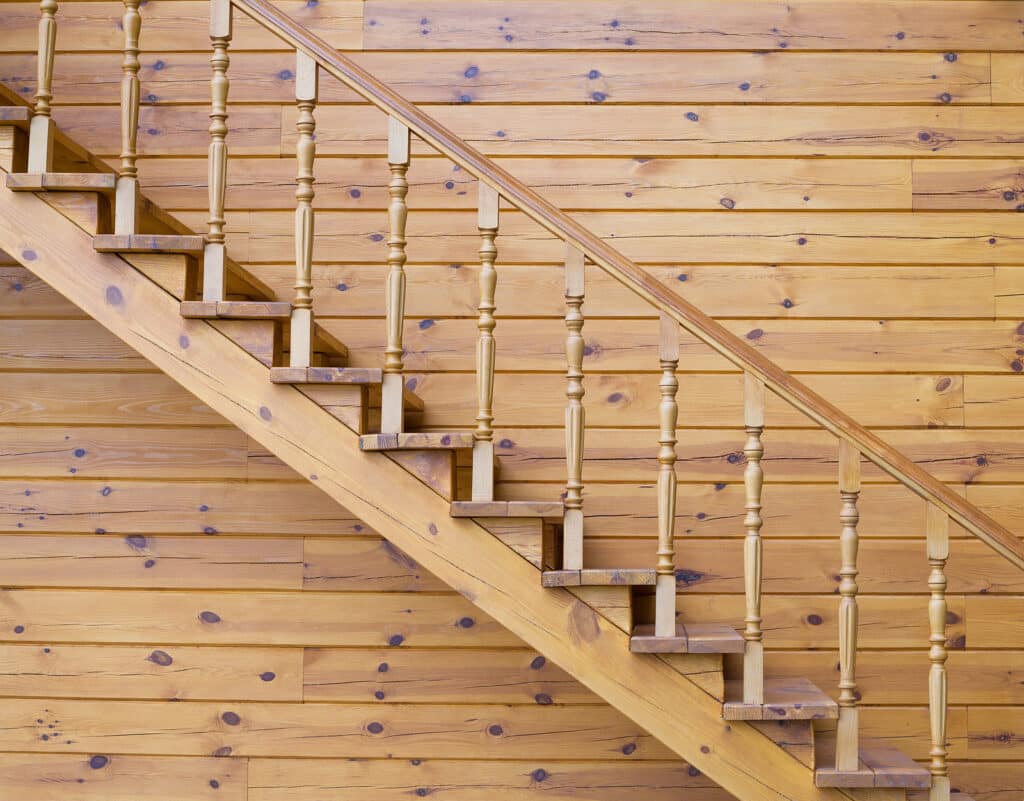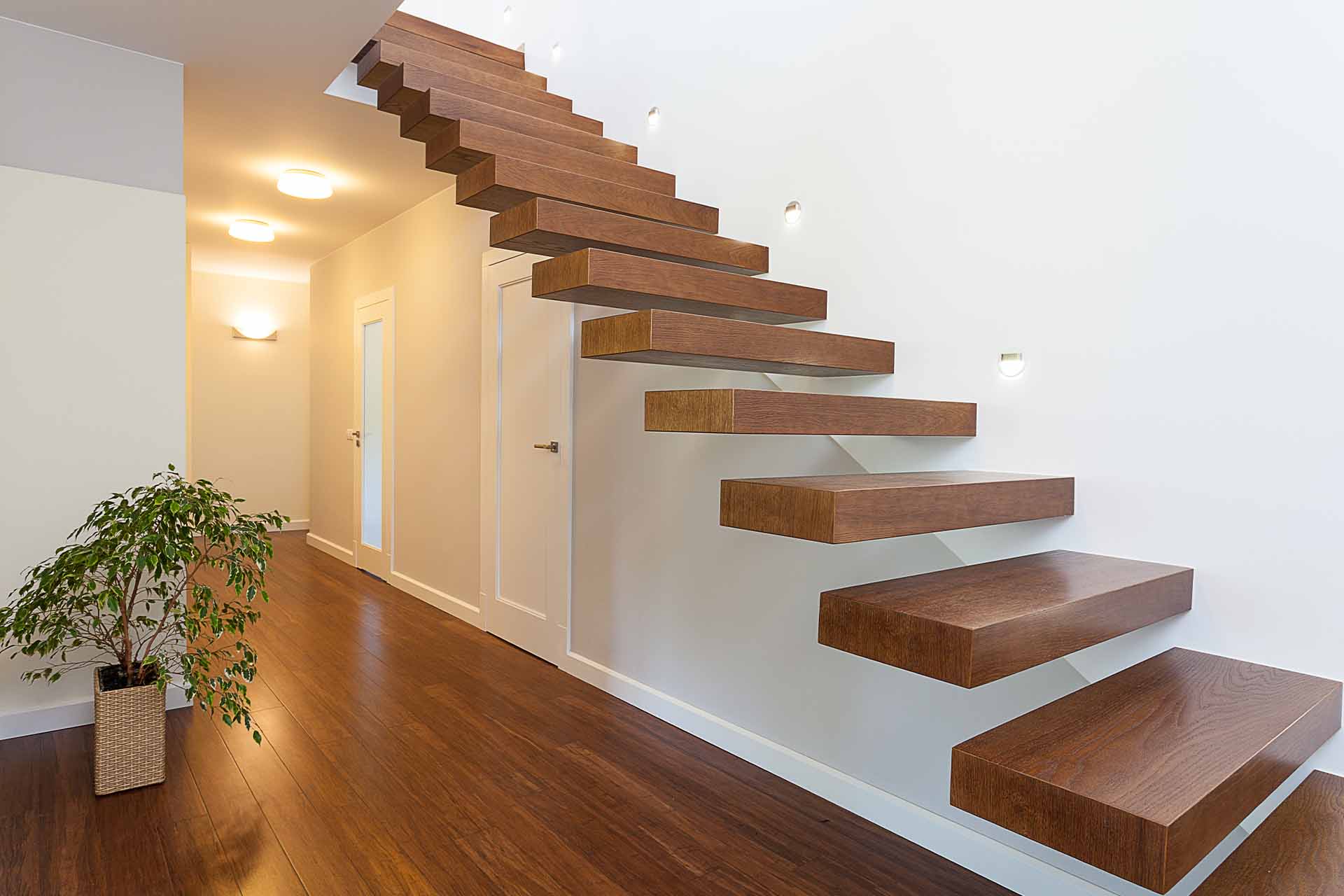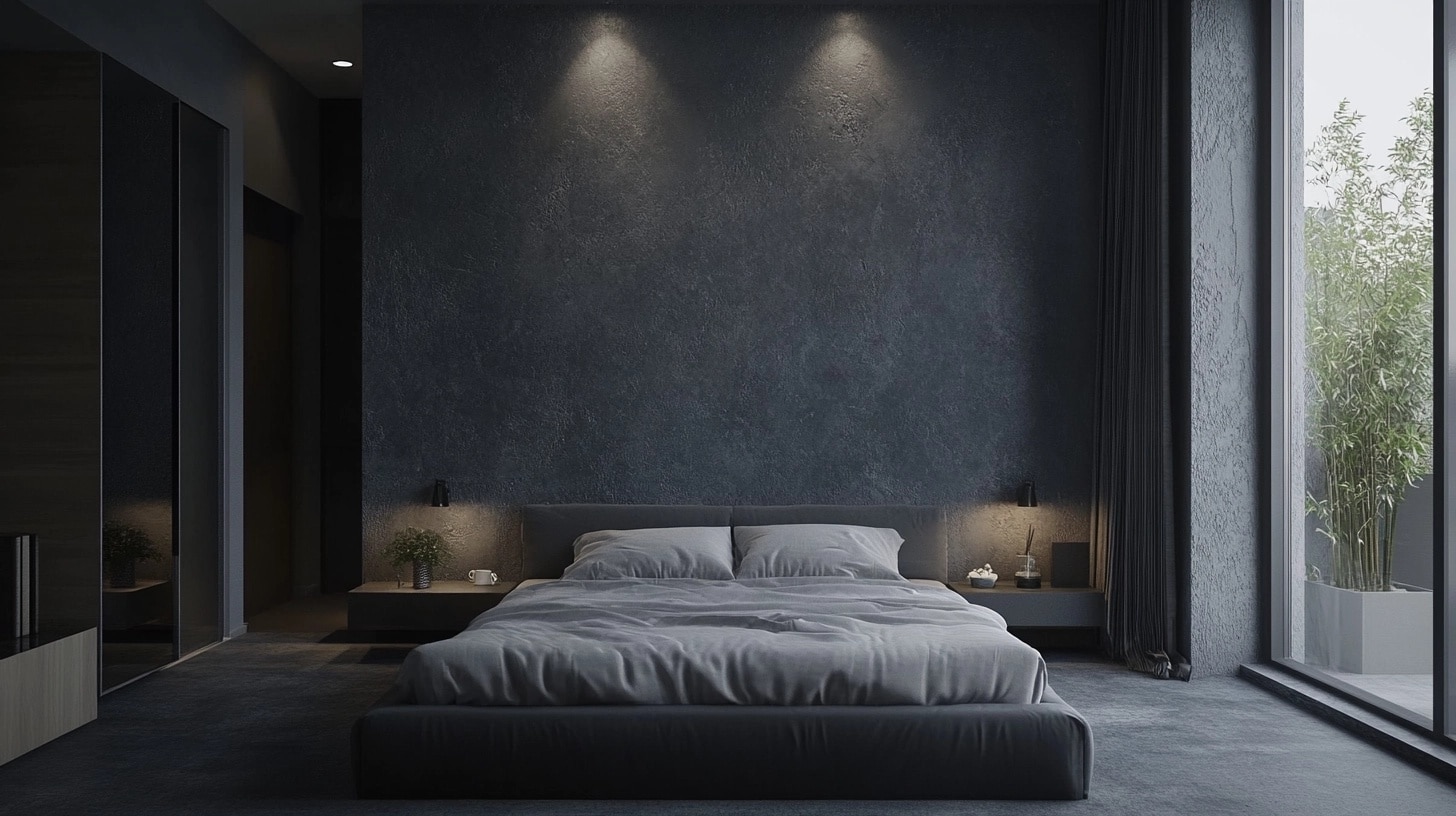Change Your Staircase, Transform Your Home
Staircases take up a lot of space and see a lot of use. They also tend to be located directly opposite the front door, so your staircase is likely to be one of the first things guests see upon entering your home. Despite this, it’s easy to neglect the stairs when you’re designing your perfect interior.
If you’re fed up with your boring old staircase, it might be time to change it. We’ve compiled this list of classic staircase designs to help you transform your home.
Keep it classic with a straight staircase
Straight staircases are very popular in UK homes because they tend to take up less space than L-shaped and quarter-turn staircases. They also provide plenty of storage space beneath them, which can either be left open or boxed in to create under-stairs storage.
Straight staircases are also very practical because they provide you with an unobstructed view, making them easy to climb up and down. This is particularly useful in homes with young children and excitable pets as it helps to prevent collisions.
A straight staircase also makes it easy to move furniture and other large goods from one floor to another, so if you buy a new bed or sofa, you should be able to get these items upstairs with minimal hassle.
Add an L-shaped staircase

L-shaped staircases are a variation of the straight staircase design with the addition of a section at the top or bottom that creates a 90-degree bend.
The additional section offers more privacy between floors than traditional straight staircases, while still leaving plenty of room for under-stairs storage. On a superficial level, this design is also more visually interesting than a straight staircase.
L-shaped stairs are particularly useful if you’re looking to install a staircase in the corner of a room to maximise space.
However, it’s worth bearing in mind that these stairs are more difficult to install than straight staircases. Building the handrails also becomes more complex.
Choose a stylish spiral staircase design
Turn your staircase into a fun but functional focal point in your home! Spiral designs make a gorgeous addition to your home’s interior architecture.
You could go for a more modern, industrial look with a metal design or choose a more cosy, rustic look with wooden spiral stairs.
While spiral staircases don’t create additional space beneath them, they do take up very little space altogether, leaving you more room for additional furniture and storage solutions.
Spiral staircases can also be relatively simple to install, so if you don’t have the time for a lengthy renovation, these are a good option for you.
The main downside of spiral staircases is their narrow design – you might it difficult to transport large goods up and down them. They’re also harder to navigate, especially for young children and the elderly.
Go for a natural wood staircase

Natural wooden staircases are extremely common and for good reason. This classic design can make any home look cosy and timeless.
Not only do they look great, but they’re super versatile and can change with you as your style develops over many years.
By choosing a oak glass staircases, you have the freedom to paint or stain it as many times as you like to make it fit within your space.
Wooden staircases can be quite noisy when left bare. If this is a concern, we recommend adding a carpet runner through the centre of each step to help dampen the noise. Adding some carpet will also make your staircase more comfortable.
Final thoughts
As an integral part of your home’s interior architecture, your staircase should not only be practical but it should align aesthetically with your personal style and the rest of your home.
Refreshing your staircase is a sure-fire way to upgrade your home, so we hope you found some inspiration in this list!
Please note: changing your staircase is a big undertaking. It can be expensive and might even require changes to the layout of your home. Always do your research before upgrading your staircase and consult an expert where needed. Depending on your plans, you may also need to request planning permission before starting work. Consult your local council for further advice.







